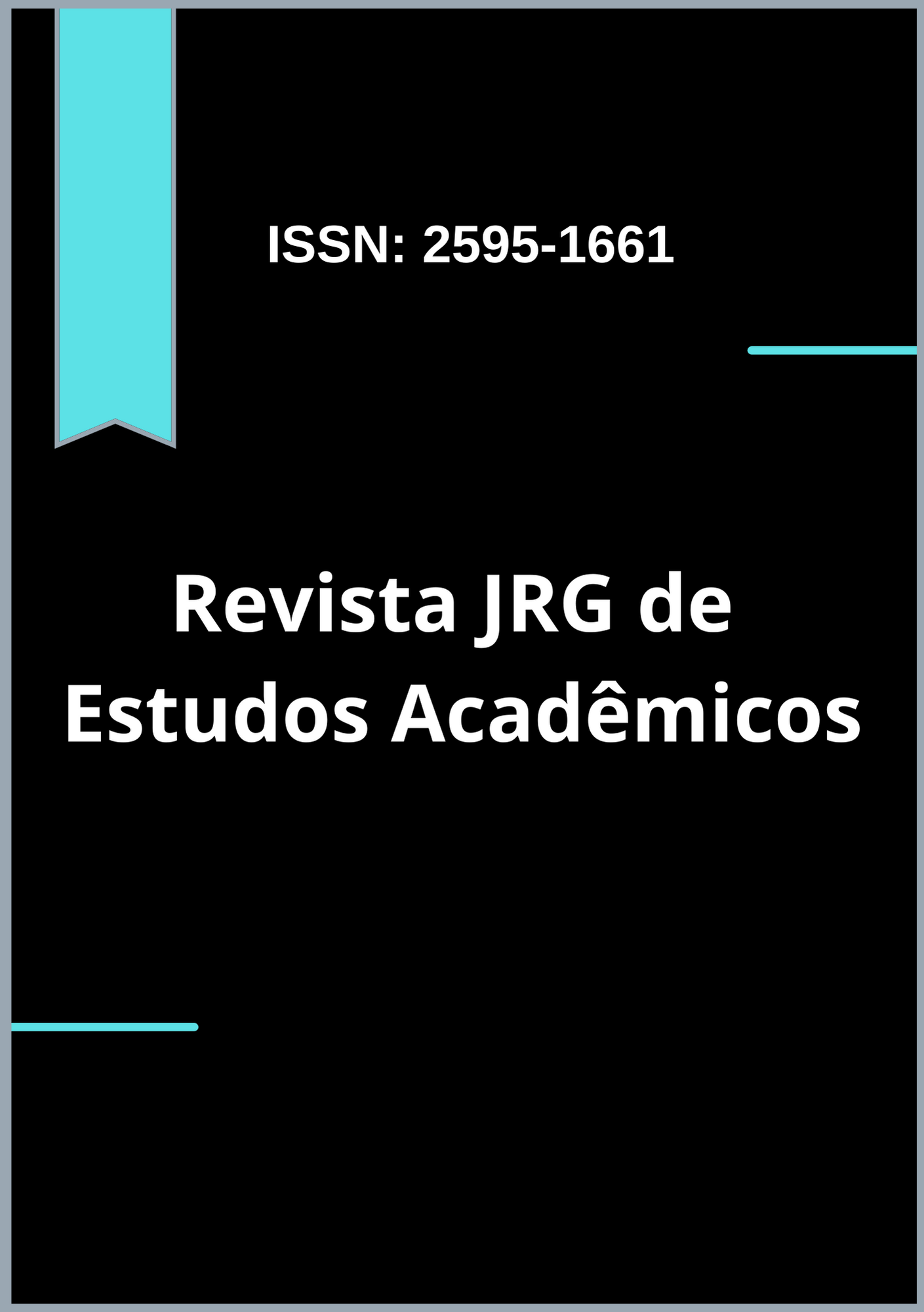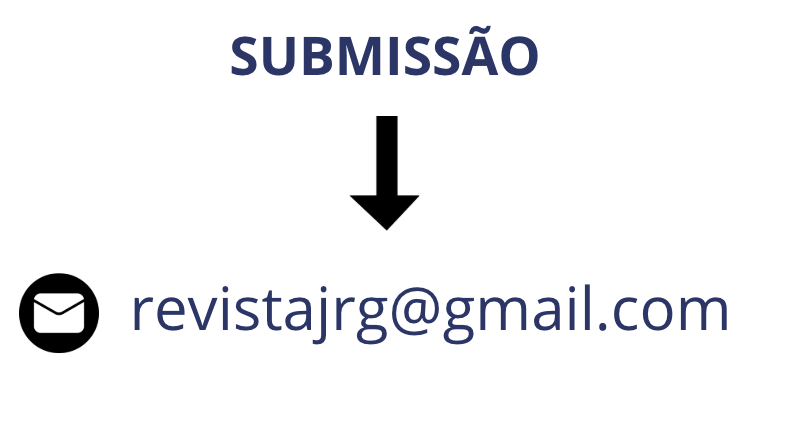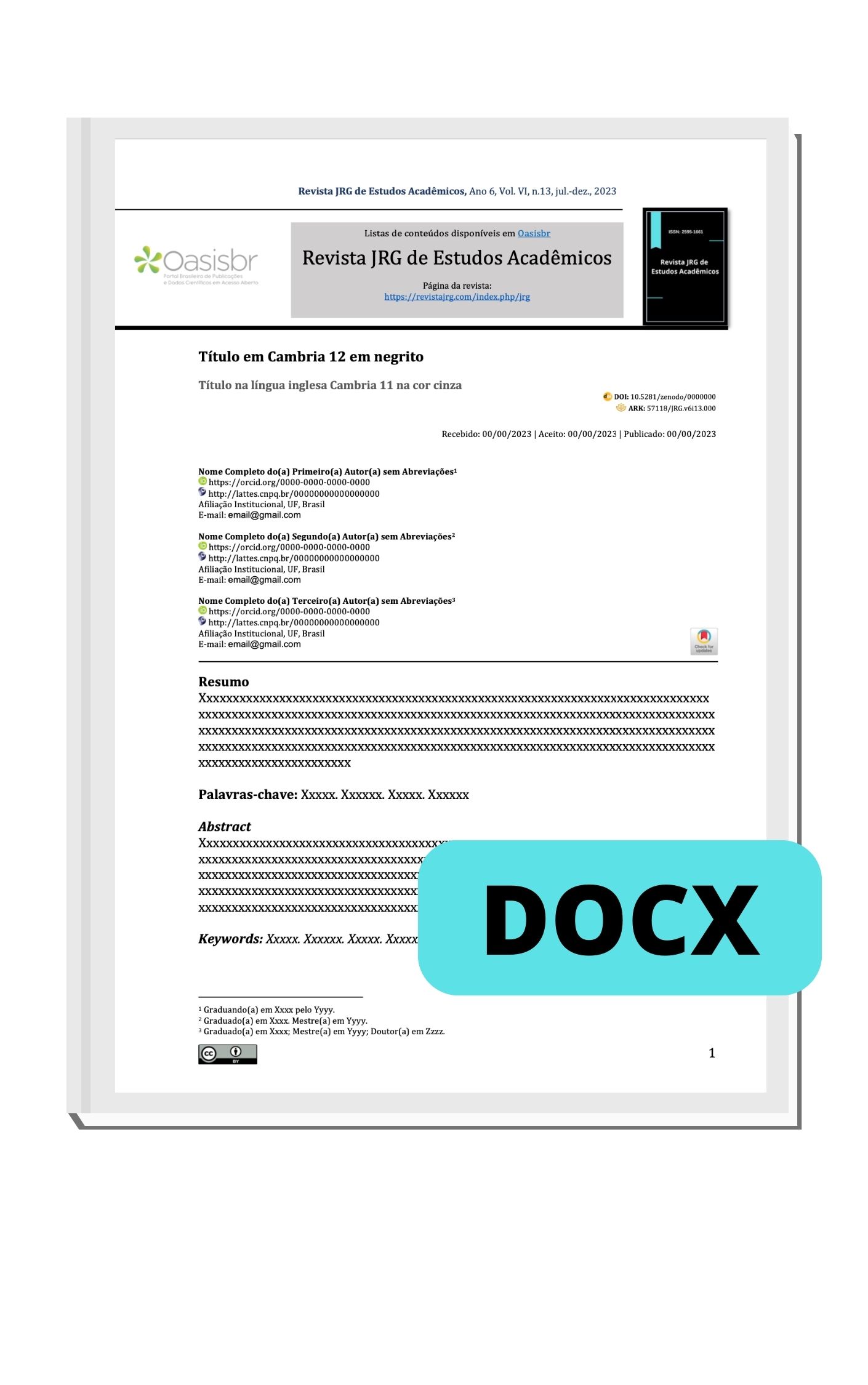Collection Score and the Opportunities for Non-Performing Loans Market
DOI:
https://doi.org/10.5281/zenodo.7702425Keywords:
Non-performing loans, Collection Scoring, Logistic Regression, Statistical ModelsAbstract
In the academic literature, credit scoring models are widely studied, while collection scoring models are less explored; likewise, there are few articles dealing with the Brazilian non-performing-loans market. This work has as main contributions: the use of scoring models in the area of collection and working with non-performing-loans data. The objective of this paper is to develop a collection scoring model through Logistic Regression to identify, in a portfolio of clients with non-performing-loans, to verify if it is possible to adjust a good model and to indicate which clients are more likely to pay the debts nonperforming credits The results show that the model worked well for the database, obtaining an excellent fit (accuracy of classification greater than 83% for the two samples and KS=68), pointing the viability of this methodology.
Downloads
References
ALBUQUERQUE, P. H. M.; MEDINA, F. A. S.; SILVA, A. R. DA. Geographically Weighted Logistic Regression Applied to Credit Scoring Models. Revista Contabilidade & Finanças, v. 28, n. 73, p. 93–112, 1 abr. 2017. Disponível em: <http://www.scielo.br/scielo.php?script=sci_arttext&pid=S1519-70772017000100093&lng=en&tlng=en>. Acesso em: 8 out. 2019.
AMARAL, G. H. DE O.; IQUIAPAZA, R. A. Determinantes de Inadimplência e de Recuperação de Crédito em um Banco de Desenvolvimento. BASE – Revista de Administração e Contabilidade da Unisinos, v. 17, n. 3, p. 483–519, 2020.
ASSAF NETO, A. Curso de Administracao Financeira. São Paulo: Atlas, 2014.
BANCO CENTRAL DO BRASIL. Disponível em: <https://www3.bcb.gov.br/sgspub/localizarseries/localizarSeries.do?method=prepararTelaLocalizarSeries>. Acesso em: 1 dez. 2020.
BANCO CENTRAL EUROPEU. What are non-performing loans? Disponível em: <https://www.ecb.europa.eu/explainers/tell-me/html/npl.en.html>. Acesso em: 14 ago. 2019.
BARSEGHYAN, L. Non-performing loans , prospective bailouts , and Japan ’ s slowdown. Journal of Monetary Economics, v. 57, n. 7, p. 873–890, 2010. Disponível em: <http://dx.doi.org/10.1016/j.jmoneco.2010.08.002>.
BECKER, G. P. et al. A Inadimplência Empresarial em Instituições Bancárias: um Estudo de Caso em Cobrança Terceirizada. Pensar Contábil, v. 18, n. 66, 2016.
BELLOTTI, T.; CROOK, J. Credit scoring with macroeconomic variables using survival analysis. Journal of the Operational Research Society, v. 60, n. 12, p. 1699–1707, 21 dez. 2009. Disponível em: <https://www.tandfonline.com/doi/full/10.1057/jors.2008.130>. Acesso em: 14 ago. 2019.
BOUMPARIS, P.; MILAS, C.; PANAGIOTIDIS, T. Non-performing loans and sovereign credit ratings. International Review of Financial Analysis, v. 64, n. May, p. 301–314, 2019. Disponível em: <https://doi.org/10.1016/j.irfa.2019.06.002>.
BRITO, G. A. S.; ASSAF NETO, A. Modelo de classificação de risco de crédito de empresas. Revista Contabilidade & Finanças, v. 19, n. 46, p. 18–29, 1 abr. 2008. Disponível em: <http://www.scielo.br/scielo.php?script=sci_arttext&pid=S1519-70772008000100003&lng=pt&tlng=pt>. Acesso em: 8 out. 2019.
CAMPANELLA, F. et al. The effects of the credit selectioncriteria on non-performing loans Evidence on small and large banks in Italy. Meditari Accountancy Research, v. 28, n. 2, p. 251–275, 2020.
CROOK, J. N.; EDELMAN, D. B.; THOMAS, L. C. Recent developments in consumer credit risk assessment. European Journal of Operational Research, v. 183, n. 3, p. 1447–1465, dez. 2007. Disponível em: <http://linkinghub.elsevier.com/retrieve/pii/S0377221706011866>. Acesso em: 23 maio 2014.
FERREIRA, M. A. M.; CELSO, A. S. D. S.; BARBOSA NETO, J. E. Aplicação Do Modelo Logit Binominal Na Análise Do Risco De Crédito Em Instituições Bancárias. Revista de Negócios, v. 17, n. 1, p. 38, 2012.
FONSECA, S. E. et al. Análise do Impacto de Variáveis Macroeconômicas no Desempenho Financeiro e Endividamento de Empresas Listadas na B3. Revista Universo Contábilbil, v. 14, n. 4, p. 93–114, 2019.
FORTI, M. Técnicas de Machine Learning aplicadas na recuperação de crédito do mercado brasileiro. 2018. 74 f. Fundação Getulio Vargas, 2018.
GONÇALVES, E. B. Análise de risco de crédito com o uso de modelos de regressão logística, redes neurais e algoritmos genéticos. 2005. Biblioteca Digital de Teses e Dissertações da Universidade de São Paulo, São Paulo, 2005. Disponível em: <http://www.teses.usp.br/teses/disponiveis/12/12139/tde-09042008-144032/>. Acesso em: 8 out. 2019.
GONÇALVES, E. B.; GOUVÊA, M. A.; MANTOVANI, D. M. N. Análise de risco de crédito com o uso de regressão logística. Revista Contemporânea de Contabilidade, v. 10, n. 20, p. 139–160, 2013.
GOUVÊA, M. A.; GONÇALVES, E. B.; MANTOVANI, D. M. N. Aplicação De Regressão Logística E Algoritmos Genéticos Na Análise De Risco De Crédito. Revista Universo Contábil, p. 84–102, 30 abr. 2012. Disponível em: <http://proxy.furb.br/ojs/index.php/universocontabil/article/view/2374/1946>. Acesso em: 30 jun. 2014.
HAIR, J. F. et al. Multivariate Data Analysis. 7th. ed. New York City: [s.n.], 2010.
HARRISON, T.; ANSELL, J. Customer retention in the insurance industry: Using survival analysis to predict cross-selling opportunities. Journal of Financial Services Marketing, v. 6, n. 3, p. 229–239, 1 mar. 2002. Disponível em: <http://link.springer.com/10.1057/palgrave.fsm.4770054>. Acesso em: 14 ago. 2019.
HOJI, M. Administração Financeira e Orçamentária. 2. ed. São Paulo: Atlas, 2014.
INSTITUTO MILLENIUM. Bancos devem negociar até R$ 40 bilhões em créditos podres este ano - Instituto Millenium. Disponível em: <https://www.institutomillenium.org.br/blog/bancos-devem-negociar-ate-r-40-bilhoes-em-creditos-podres-este-ano/>. Acesso em: 15 ago. 2019.
KARR, A. F.; SANIL, A. P.; BANKS, D. L. Data quality: A statistical perspective. Statistical Methodology, v. 3, n. 2, p. 137–173, 1 abr. 2006. Disponível em: <https://www.sciencedirect.com/science/article/abs/pii/S1572312705000638>. Acesso em: 14 ago. 2019.
KAUKO, K. External deficits and non-performing loans in the recent financial crisis. Economics Letters, v. 115, n. 2, p. 196–199, 2012. Disponível em: <http://dx.doi.org/10.1016/j.econlet.2011.12.018>.
KHIEU, H. D.; MULLINEAUX, D. J.; YI, H. C. The determinants of bank loan recovery rates. Journal of Banking and Finance, v. 36, n. 4, p. 923–933, 2012. Disponível em: <http://dx.doi.org/10.1016/j.jbankfin.2011.10.005>.
LEWIS, E. M. An Introduction to Credit Scoring. San Rafael: [s.n.], 1992.
LIU, L.; LIU, Y.; KIM, J. M. Sustainable visual analysis for bank non-performing loans and government debt distress. Sustainability (Switzerland), v. 12, n. 1, 2020.
LOUZIS, D. P.; VOULDIS, A. T.; METAXAS, V. L. Macroeconomic and bank-specific determinants of non-performing loans in Greece : A comparative study of mortgage , business and consumer loan portfolios. Journal of Banking and Finance, v. 36, n. 4, p. 1012–1027, 2012. Disponível em: <http://dx.doi.org/10.1016/j.jbankfin.2011.10.012>.
LU, D.; THANGAVELU, S. M.; HU, Q. The Journal of Development Biased Lending and Non- performing Loans in China ’ s Banking Sector. n. May 2014, p. 37–41, 2007.
MACHADO, A. R. Collection Scoring via Regressão Logística e Modelo de Riscos Proporcionais de Cox. 2015. 105 f. Universidade de Brasília, 2015.
MAKRI, V. et al. Determinants of Non-Performing Loans : The Case of Eurozone.
PANOECONOMICUS, v. 77, n. April 2013, p. 193–206, 2014.
OLSON, D. L.; DELEN, D.; MENG, Y. Comparative analysis of data mining methods for bankruptcy prediction. Decision Support Systems, v. 52, n. 2, p. 464–473, jan. 2012. Disponível em: <http://linkinghub.elsevier.com/retrieve/pii/S0167923611001709>. Acesso em: 5 jun. 2014.
ORESKI, S.; ORESKI, D.; ORESKI, G. Hybrid system with genetic algorithm and artificial neural networks and its application to retail credit risk assessment. Expert Systems with Applications, v. 39, n. 16, p. 12605–12617, nov. 2012. Disponível em: <http://linkinghub.elsevier.com/retrieve/pii/S095741741200721X>. Acesso em: 29 maio 2014.
SADATRASOUL, S. M. et al. Credit scoring in banks and financial institutions via data mining techniques : A literature review. v. 1, n. 2, p. 119–129, 2013.
SAITO, A. T.; FOUTO, N. M. M. D.; ANGELO, C. F. DE. BRICS: Liquidez, Consumo e Relevância de Políticas de Produtividade e de Comércio Internacional para o IED. Revista Universo Contábil, v. 15, n. 3, p. 07–26, 2019.
SELAU, L. P. R.; RIBEIRO, J. L. A Systematic Approach To Construct Credit Risk Forecast Models. Brazilian Operations Research Society, v. 31, n. 1, p. 41–56, 2011.
SIEGEL, S.; CASTELLAN JR, N. J. Estatística não-Paramétrica Para Ciências do Comportamento. 2. ed. Porto Alegre: Bookman, 2006.
SILVA, P. R. Psicologia do risco de crédito: análise da contribuição de variáveis psicológicas em modelos de credit scoring. 2011. Biblioteca Digital de Teses e Dissertações da Universidade de São Paulo, São Paulo, 2011. Disponível em: <http://www.teses.usp.br/teses/disponiveis/12/12139/tde-30092011-184818/>. Acesso em: 15 ago. 2019.
SOUZA, R. B. DE. O modelo de collection scoring como ferramenta para a gestão estratégica do risco de crédito. 2000. 2000. Disponível em: <https://bibliotecadigital.fgv.br/dspace/handle/10438/5723>. Acesso em: 14 ago. 2019.
TOLEDO, R. P. P. DE. Mercado brasileiro de non-performing loans (NPL): uma abordagem teórica e prática na precificação de ativos. 2013. 2013. Disponível em: <https://bibliotecadigital.fgv.br/dspace/handle/10438/10601>. Acesso em: 14 ago. 2019.











































